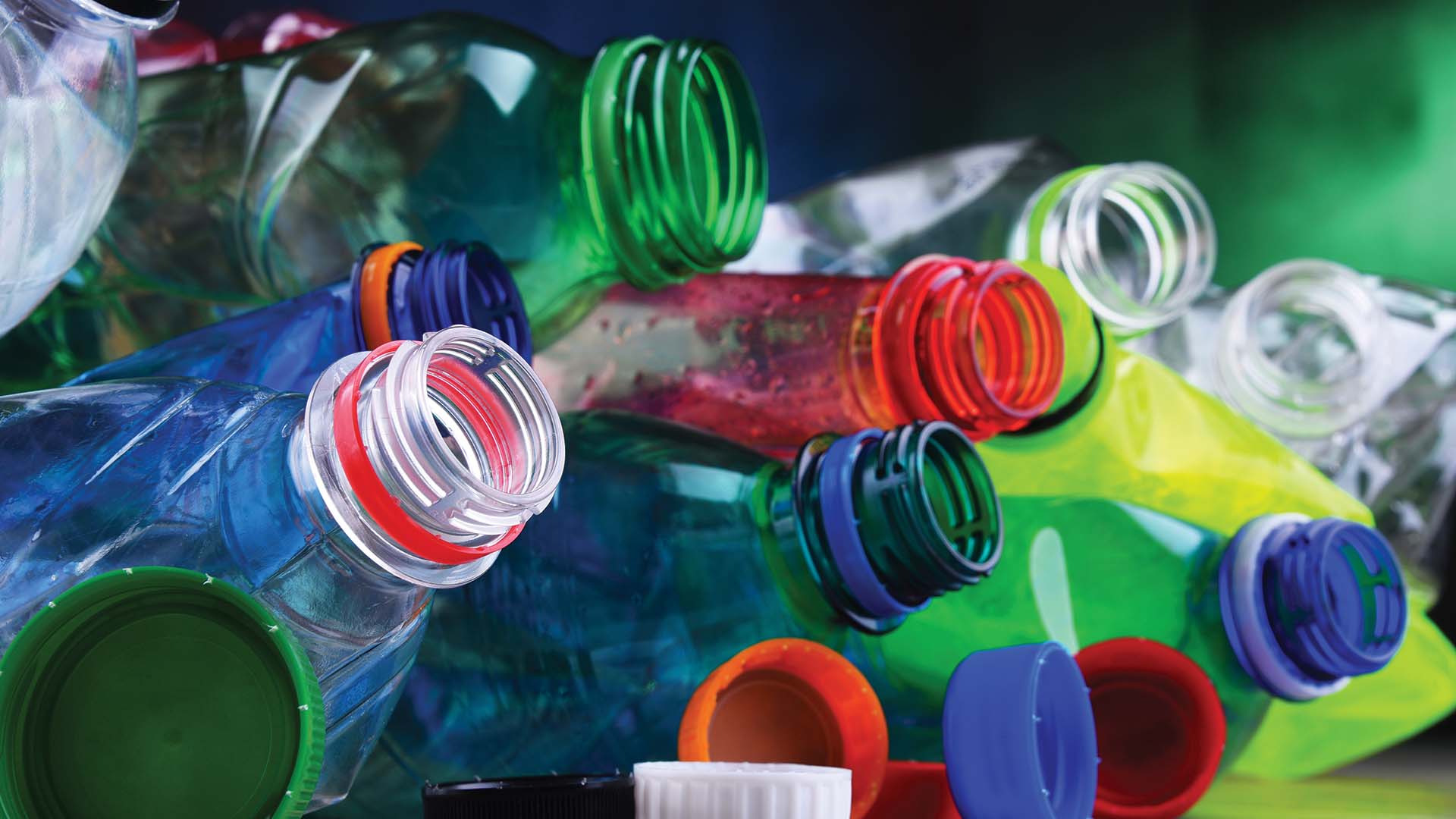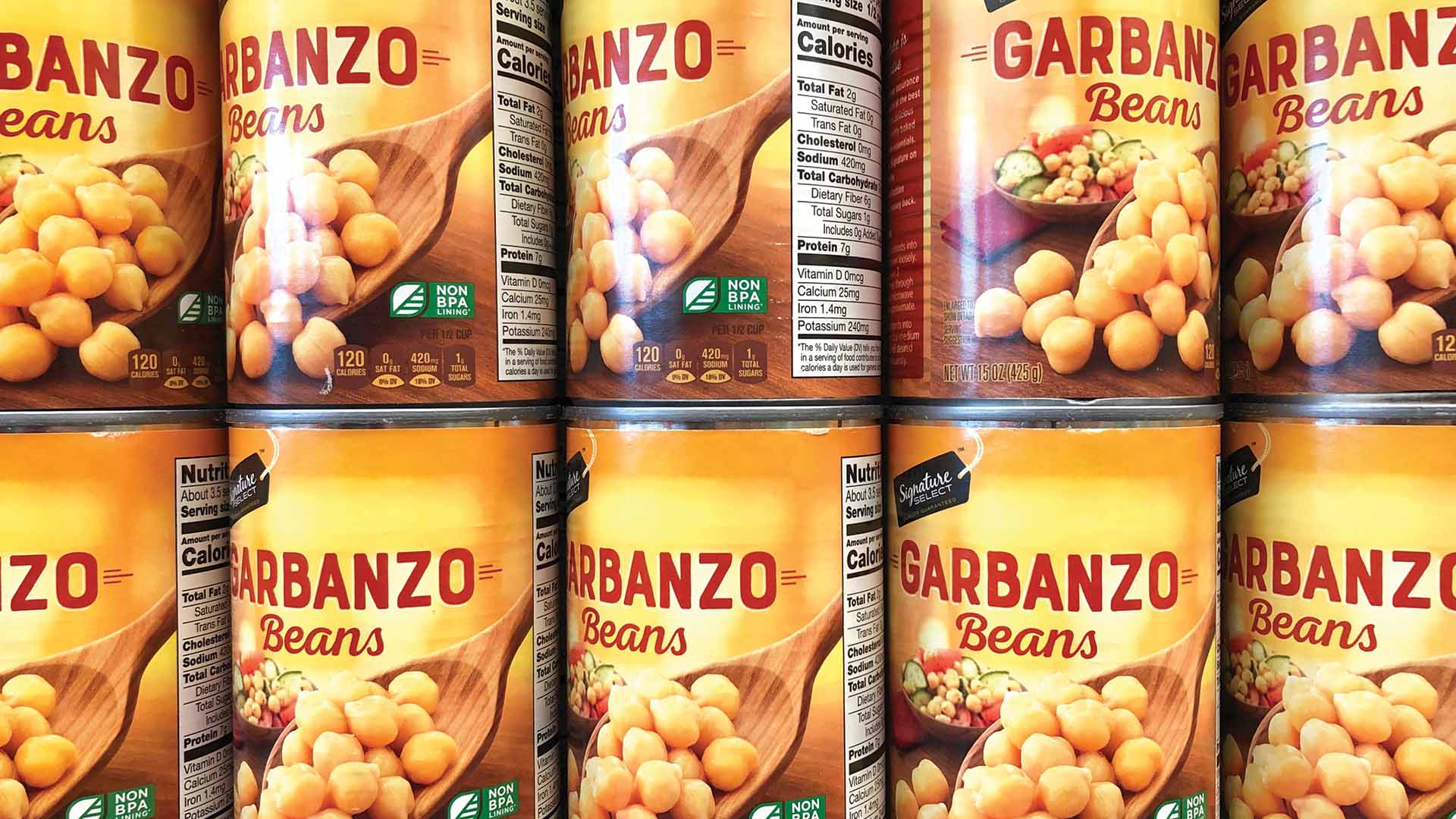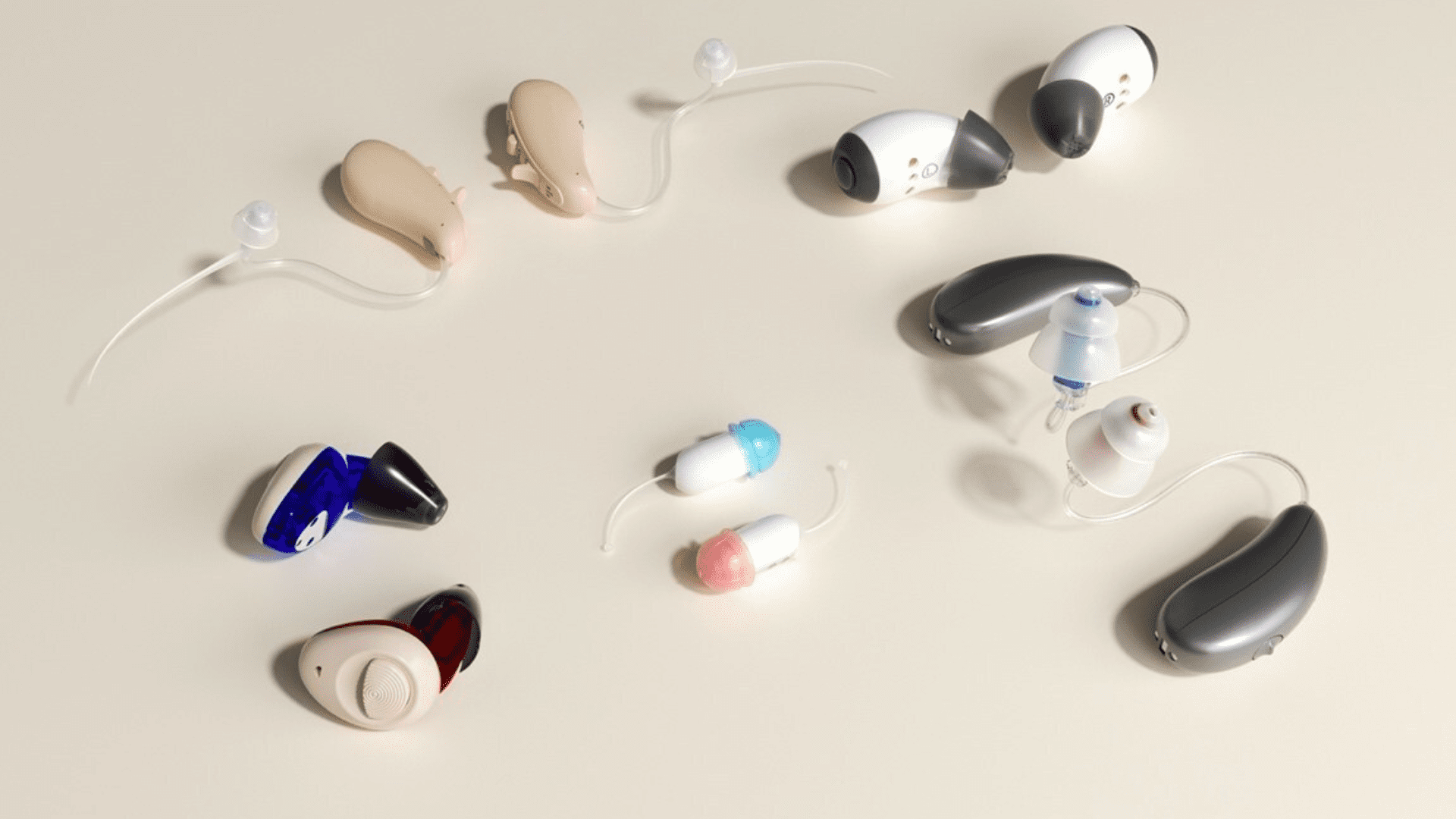A comprehensive review of recent studies revealed that the average American is exposed to levels of the dangerous bisphenol-A (BPA) that are 5,000 times higher than what the European Union now considers safe. In their study, the European Food Safety Authority (EFSA) determined that the safety limit for BPA should be .05 nanograms per kilogram of body weight per day (ng/kg bw/day). According to the American Food and Drug Administration (FDA), the average U.S. resident over the age of two consumes 200 ng/kg bw/day—more than 5,000 times the new safety limit.
As a result of the study, a coalition of health experts and environmental groups led by the Environmental Defense Fund have begun petitioning for the FDA to rescind its approvals for BPA to be used in food packaging. The FDA has until July 26, 2022, to respond to the petition, 180 days from the start of the petition. According to Dr. Maricel Maffini, scientist and co-author of the petition, “These new findings should be a wakeup call to the FDA and all of us that our health is in jeopardy unless we take swift action to limit the amount of BPA that can come into contact with our food”.
The Problem With BPA
BPA is an industrial chemical commonly used to make certain plastics and epoxy resins. The epoxy resins are spread on the inner lining of metal canned food items to prevent the metal from corroding and breaking. The BPA-containing clear polycarbonate plastic is most commonly used for plastic water bottles, Tupperware food containers, and baby bottles.

Scientists first discovered BPA in the 1890s, and chemists found that mixing it with other compounds produces strong, resilient plastics in the 1950s. The FDA approved BPA in the early 1960s. In 2010 and 2014, the agency altered its position to express “some concern” about its potential effects but maintained that it is safe at the current low levels of human exposure. As of 2022, there are no restrictions on the use of BPA in products in the United States.
However, many health experts, environmental groups, and concerned citizens have long been concerned about the chemical. Since BPA is soluble, when it is heated or comes into contact with liquids, its bond that is made with plastic can break. This means that the BPA in your containers can seep into your food or beverage. In EFSA’s BPA assessment, they determined that “there is a health concern from dietary BPA exposure for all age groups.”
One of the most widely accepted problems of BPA is its effect on hormone levels. Experts believe that BPA could act like a hormone in the body, disrupting normal hormone levels, child development, and fertility. For example, one study found that men with higher BPA levels were 3–4 times more likely to have a low sperm concentration and low sperm count. Similarly, another study of women undergoing fertility treatments found that those with higher levels of BPA are up to two times less likely to become pregnant.
Other studies have found that BPA has possible detrimental effects on the brain, heart, and even cancer. For example, a study by the Duke University Medical Center found the presence of BPA prevents the removal of chloride from the central nervous system and disrupts the way the brain regulates genes. Another study indicated that BPA could mitigate the effectiveness of chemotherapy in breast cancer patients – a cause for concern for anyone undergoing radiation therapy.
Response to BPA
In response to these studies and more, many countries, states, and companies have taken a stand. For example, the six major companies that make baby bottles and cups for infants—Avent, Disney First Years, Gerber, Dr. Brown, Playtex, and Evenflow—voluntarily banned BPA from their products in 2009.
Connecticut, Maryland, Massachusetts, Minnesota, Washington, Wisconsin, New York, and Vermont have bans on BPA in certain products. Other states have various BPA regulations, such as requiring a BPA label or banning BPA use in items intended for children under a certain age.
While the United States does not have any federal regulation, other countries like Canada, Malaysia, China, and all of the European Union have banned BPA in some uses. For example, Belgium and Denmark banned BPA on items intended for young children, Austria prohibits BPA in pacifiers, and Sweden bans BPA on paints and coatings in food packaging for children up to 3 years old.
How To Avoid BPA
Even without federal regulations, consumers can make their own choices to limit BPA exposure. The easiest thing to do is to be selective with your toys, containers, and bottles. Many companies that make these products today will mark them as “BPA-free” on the packaging or marketing materials. For example, Safeway’s grocery brand Signature Select denotes BPA-Free products with a graphic (below).

Similarly, consumers can easily research companies and their BPA policies on their websites. For example, Eastman Chemical created a plastic substitute called Tritan Renew; their website clearly states Tritan Renew is BPA-Free for the products that use it, such as Nalgene plastic water bottles.
In general, the easiest way to limit your BPA exposure levels is to avoid plastic water bottles (which are bad for the environment anyway) and packaged and canned food. Occasionally drinking from a plastic bottle or eating from a can is probably not a reason to panic. That said, swapping plastic containers for BPA-free ones requires very little effort for a potentially big health impact.







